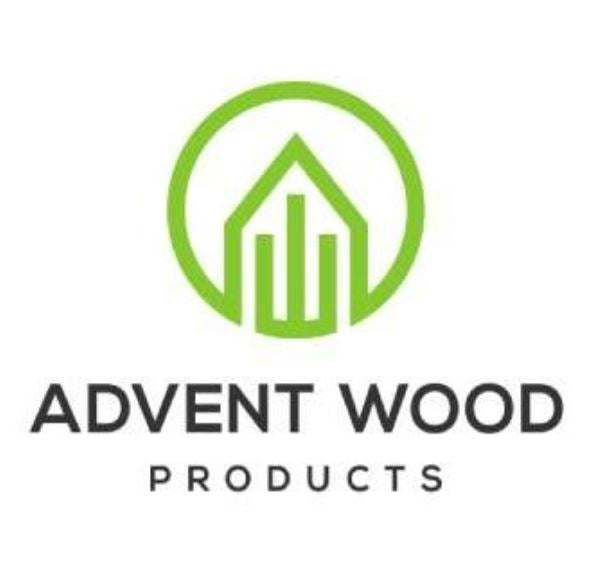Wood Species
A wee bit of insight in to the main wood species we use for our signs ...

Here are the key differences:
- Cedar
- Logged in BC & milled locally
- Great for outdoors - naturally inhibits rot and carpenter ants
- Darkest of the natural tones once the clearcoat is applied (see above)
- Fewer knots compared to fir.
- Currently some shortages of this wood type so supplies are rather limited.
- Canadian Maple:
- Typically sourced from Eastern Canada
- For indoors only
- Very tight grain and machines very accurately but is also harder on the tools.
- Most accurate detailing when machined
- Lightest of tones compared to the other species
- Knots are infrequent and colour variation is less compared to the other species.
- Douglas Fir
- Sourced and milled locally in BC
- Another good choice for outdoors (provided protected with a suitable clear coat finish).
- Has more knots and natural "character traits" compared to the other species (indicative of a timber frame home)
- Natural golden/orange tone which is accentuated by the clear coat finish. Like cedar it is on the softer side.
- Knotty Pine
- Sourced locally in BC
- As name suggests, this has knots
- Lightest and least dense of all these wood species
- Similar tone the majority of the time to the maple or birch (i.e. quite light) but does have more variation which sometimes can be closer to the fir in colour.
- Least predictable so provided you like the variation of such a material then great.
- Birch Plywood
- We use a higher quality 3/4" domestic birch veneer plywood ("domestic" in this region typically means Oregon)
- Has fewer voids compared to the inferior imported alternatives
- Veneer layer is slightly thicker.
- Though not an inexpensive product comes in flat finished sheets so there is no need for us to plane it to a consistent thickness & flat.
- If you look closely the layers will be visible on the edges but they are painted over and not what you typically notice when looking face on at a sign.
- Similar tone to the Canadian maple at a lower cost
- Veneer surface has the same grain pattern as maple.
- Not solid wood so when carved there can be some colour variation as the layers of the plywood are exposed.
